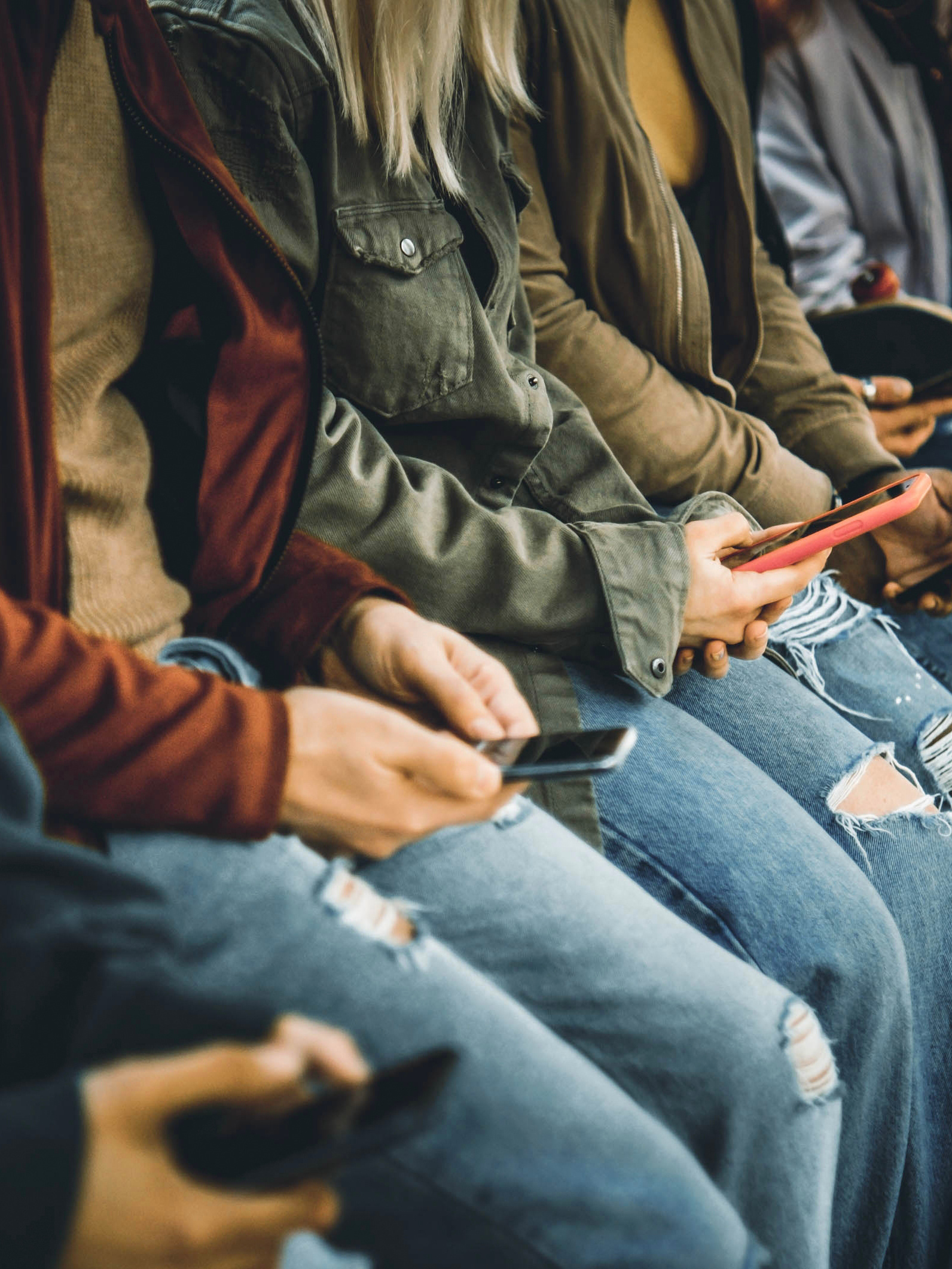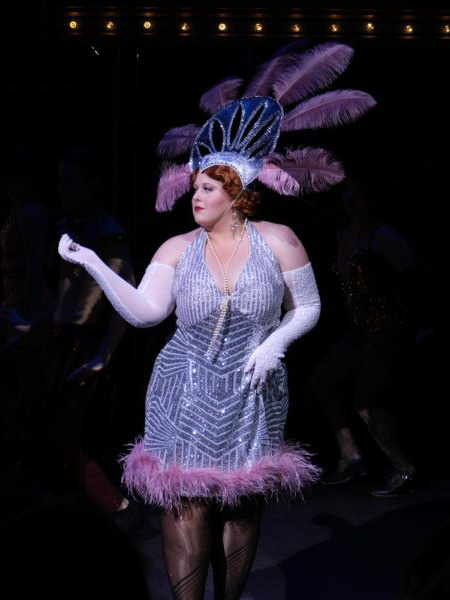Sea turtles take a sunset snooze on the shore near Napili Bay (March 24, 2024)
Freshly turned 21 and milking a slight buzz from my first legal cocktail, I gazed at the twinkling lights of Lahaina’s historic Front Street, illuminating the dark ocean. I remember breathing in the cool June air and thinking how special it was to celebrate my birthday in a place as magical as Maui.
When I heard the news about the Maui fires, my mouth dried up, and I remembered these moments again. I worried about the sweet waitress at Honu, who laughed when I forgot my ID, and the kind bartender at Java Jazz, who let my 16-year-old cousin play “Great Balls of Fire” on the piano. While I worried back home, the destruction from the fires rallied national support for victims, and Maui began to work toward rebuilding.
As West Maui reopens this month, tourists who flock to the scenic beaches to escape colder weather must abide by officials' request for “respectful tourism.” With the contradictory messages from the state’s governor, Josh Green, and social activists, many travelers are confused about how to proceed with their visits.
One of the best ways to help support West Maui’s tourist economy this fall is to visit small businesses, appreciate the island’s natural beauty and give back to the people of Maui.



Coffee For A Cause
I stopped at the family-owned and operated Wailuku Coffee Company this summer before embarking on the hour-long drive to the west side. This community-oriented cafe offers an easy recharge (on coffee and aloha). The owners, Megan Kanekoa and Jacqueline Goring, started this business to unite people through high-quality coffee and community service. They have received many local accolades and were voted “Best Place To Pick Up” in the Maui Times.
Lahaina’s Java Jazz & Soup Nutz is a funkier coffee alternative or a tasty spot to stop for a bite. The charismatic owner of the restaurant, Farzad Azad, raised $6,000 for victims devastated by the fires and never closed his doors to customers. After ordering, take a second to look around at the wacky figurines, psychedelic posters, and eclectic decor piled around the restaurant, and count how many times you say, “Oh my God, what is that?!”

Sunset on the slopes of Haleakala.

A hidden waterfall on the Road to Hana.

You heard the sign.

A deserted black sand beach we stumbled upon.

Hana Lava Tube, a great way to cool off on a hot day.

Aaron Silbert and Saxon Chang overlook the rolling hillsides of East Maui.

Caught a rainbow on our last stop in Hana.
Road to Hana
If you’re raring to go when you get to the island, I suggest tackling the Road to Hana within the first two or three days. A trip I’ve been wanting to plan consists of checking into the Banyan Bed & Breakfast in the Paniolo (Hawaiian cowboy) village before driving west.
The time change will wake you up around 5 a.m., but you’ll be in a cozy, quiet cottage on the lush slopes of Haleakala with a breathtaking sunrise view. Staying at the bed and breakfast gives you more time to visit a couple of extra stops or stay longer in Hana than a typical day trip.
Driving up the backside of Haleakala may not be for the “faint of heart,” but you’ll save time by avoiding the regular tourist traffic. Going that way, you could take a refreshing morning swim in the Seven Sacred Pools if you visit from November to March or meditate with the sound of the rushing water to calm your thoughts. Then, take a 10-minute drive to bask in the beauty of pink and gold sun rays refracting rainbows off Wailua Falls right from your car.
You’ll get to Hana around lunchtime with plenty of time to explore the various attractions like the Hana Cultural Center or the Hana Ranch Store. A short way off the main road is Kilo’s Kitchen, a bustling food truck with locally sourced ingredients and notably good customer service. Kilo’s is only seven minutes from my favorite stop on the Road the Hana, the mystical Black Sand Beach.
Remember to make reservations at least two weeks in advance for the famous Black Sand Beach in Waiʻānapanapa State Park. The beach gets pretty crowded, but you might get lucky and see an endangered Hawaiian monk seal on these pristine volcanic shores.
Community Eats & Treats
Once you return to the west side, dinner at D.K. Komoda’s acclaimed sushi restaurant Sansei by Nobu is an enticing and innovative meal brimming with aloha spirit. Komoda’s fusion of new and old dishes is an immersive dining experience that is sure to spark flavorful conversation. Their sweet and salty Nobu-Style Miso Butterfish is a classic take on a traditional Japanese dish perfect for sharing with the table. I can picture Mo Komada’s Brownie Sundae oozing with sweet chocolate under vanilla bean ice cream. The only thing that’s sweeter would be the staff, who know the menu inside and out and make the best recommendations.
For an authentic, affordable dessert that tastes gourmet, look no further than the Halo Halo Klasiko at Joey’s Kitchen in Napili. Drizzled in sweet condensed milk and topped with local fruits, this shaved ice and ube ice cream dish is only one of the many reasons why this place is so popular. Joey’s Kitchen was featured on Guy Fieri’s “Diners, Drive-Ins, and Dives” for the restaurant’s creative take on Filipino-Hawaiian fusion. The kitchen is closed from 2 to 4 p.m., so head over early if you’re getting lunch.
Ube Bae cocktail at Joey's Kitchen in Napili.
Even as Maui reopens, many may think it is too early for visitors to disrupt the community’s grieving and healing. Anyone from the mainland can support Maui by donating to the Maui Food Bank or the Maui Strong Fund. Some companies even allow volunteers to help clean up beaches or work at food distribution centers during their stay.
Despite much of Maui being lost, the community’s strength, determination and hope are fueled by what remains. Just like the island and its people, the collective memory of Lahaina will persist past this tragedy, and the world will never forget its history. I hope my remembrance of Maui will encourage you all to help repair and preserve its lasting beauty.











